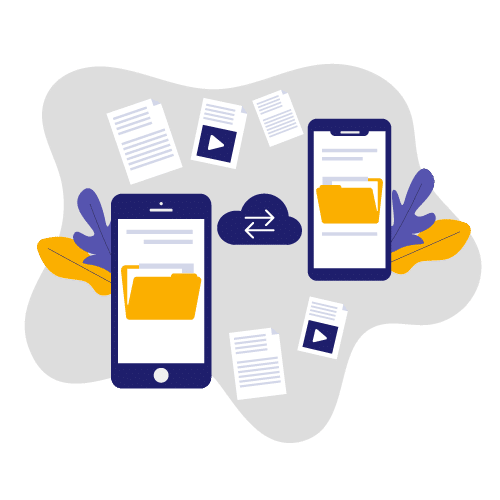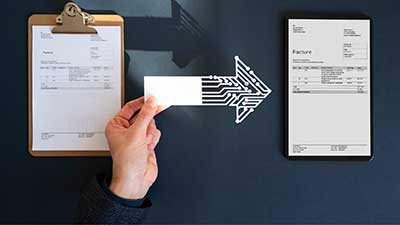Standardized Invoicing Procedures: Why and How to Implement Them in Your Business
Standardized invoicing procedures can transform your company’s financial management.
But why are they so important? And how can you implement them effectively?
Discover how these procedures can reduce errors, improve your cash flow, and strengthen your professional image.
Why Implement Standardized Invoicing Procedures?
Setting up a standardized invoicing system will boost your efficiency, accuracy, and professionalism.
Here are the main benefits you can expect:
Improved Operational Efficiency
By establishing clear procedures, you simplify the invoicing process for your entire team. Everyone knows exactly what to do and when to do it.
The result? Faster invoice issuance and significant time savings for your business!
Fewer Invoicing Errors
Invoicing errors can be costly. They lead to payment delays and can even damage your reputation.
With standardized procedures, you significantly reduce the risk of mistakes.
Better Cash Flow Management
Standardized invoicing procedures help improve your cash flow.
How? By ensuring consistent invoice issuance.
No more delays or forgotten invoices. Your revenue becomes more predictable and stable, allowing you to better plan future expenses and investments.
Enhanced Professionalism
Professional, consistent invoices inspire confidence. They reflect a well-organized and reliable business. Your clients will appreciate receiving clear, accurate invoices on time.
This professionalism strengthens your brand image and can even help build customer loyalty.

Key Elements of a Standardized Invoicing Procedure
A standardized invoicing system relies on three key elements: uniform invoice templates, a regular billing cycle, and a verification process.
Creating Uniform Invoice Templates
Consistency is key to effective invoicing. Create standard invoice templates for each type of service or product you offer.
These templates should include all necessary information: company details, client information, service descriptions, amounts, taxes, and payment terms.
Using uniform templates reduces errors and saves time with every invoice.
Establishing a Regular Billing Cycle
Consistency is the secret to stable cash flow. Define a billing cycle and stick to it—weekly, biweekly, monthly—whatever works best for your business.
A clear schedule helps you forecast revenue and allows clients to anticipate payments.
Automating the Invoicing Process
Standardization paves the way for automation. With well-defined procedures, you can use software tools to automate much of the invoicing process.
Automation drastically reduces human error and speeds up the workflow. It also enables accurate reporting and easy payment tracking.

ABAK: Your Ally for Optimal Invoicing Procedures
Implementing standardized procedures may seem daunting—but with the right tool, it’s a breeze.
Discover how ABAK, the ultimate management software, simplifies your invoicing.
Create Invoice Templates in Just a Few Clicks
No more wasting hours formatting invoices. With ABAK, create customized templates in no time. Add your logo, brand colors, and all essential details. Your invoices are ready in just a few clicks.
Automate Your Invoicing Processes
Say goodbye to tedious manual tasks. ABAK automates the creation and sending of your invoices, including recurring ones. While payment reminders are handled by your accounting system, ABAK ensures rigorous tracking of issued invoices and simplifies daily invoicing management.
Collaborate Effectively with Your Team
ABAK is built for teamwork. Thanks to security group management, you can precisely control each user’s roles and access. Your team works seamlessly together, wherever they are. Built-in verification and approval processes ensure smooth and secure collaboration.
Track Your Hourly Budgets in Real Time
View hours worked, billable amounts, and invoiced totals in real time. Analyze budget variances, identify what’s left to bill, and make informed decisions based on concrete data. A tool designed to anticipate, adjust, and stay focused on profitability.
Take Action: 3 Steps to Standardize Your Invoicing
Convinced of the benefits but unsure where to start? Here’s a 3-step action plan to standardize your invoicing effectively.

Step 1: Analyze Your Current Processes
Before building your new system, you need to understand the old one:
- Review your current invoicing process. Who does what? When? How?
- Document every step—from quote to payment. Don’t skip anything!
- Identify the tools you use. Are they effective? Could they be better utilized?
- Spot bottlenecks. Where are you losing time? Where do errors occur?
Identify the strengths and weaknesses of each element.
This analysis is your starting point.
Step 2: Define Your New Procedures
Outline your new standardized procedures in detail:
- Create invoice templates for each service or product. Keep them practical and professional.
- Set a clear billing schedule—weekly? Monthly? Choose what works best for your business and clients.
- Define roles and responsibilities. Who handles what? Make sure everyone knows their part.
- Document everything in a clear, concise manual. This becomes your invoicing bible!
This is also the perfect time to adopt a project financial management tool— it’ll save you tons of time!
Step 3: Train Your Team and Implement
The key to success? Your team.
Organize training sessions to present the new procedures. Provide resources and stay available for questions.
Implement gradually, evaluate, and adjust as needed.





